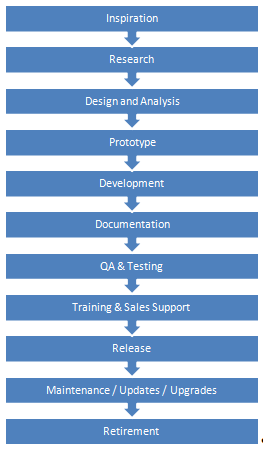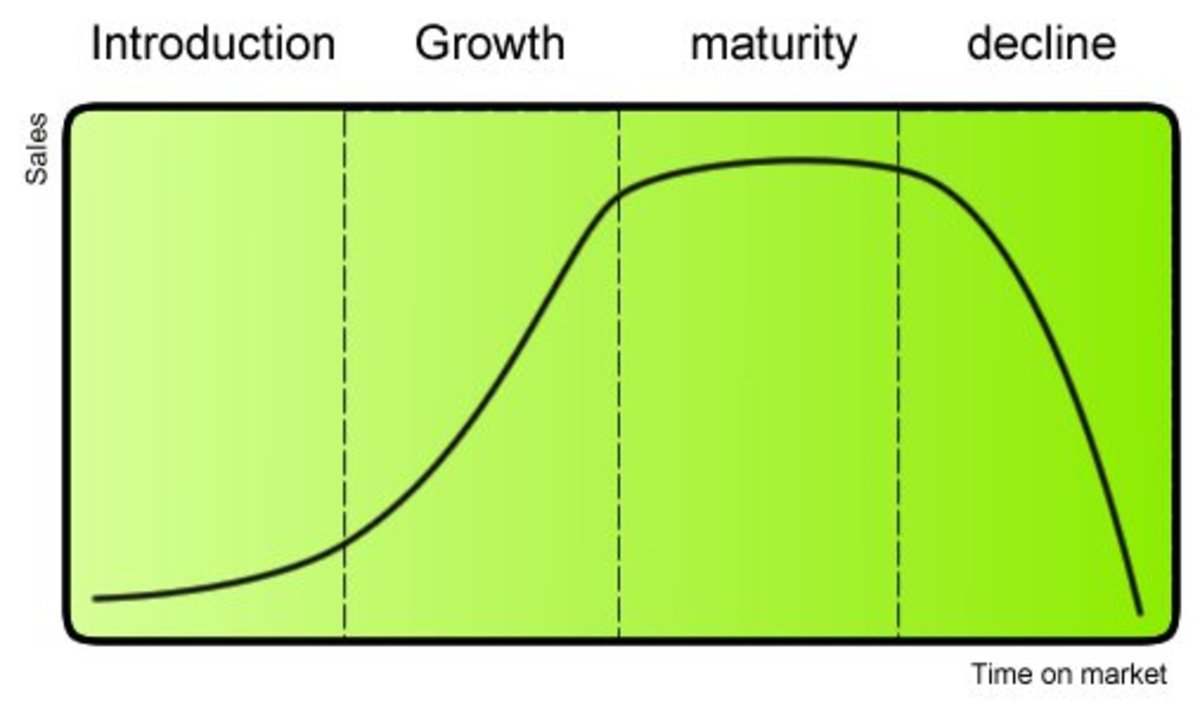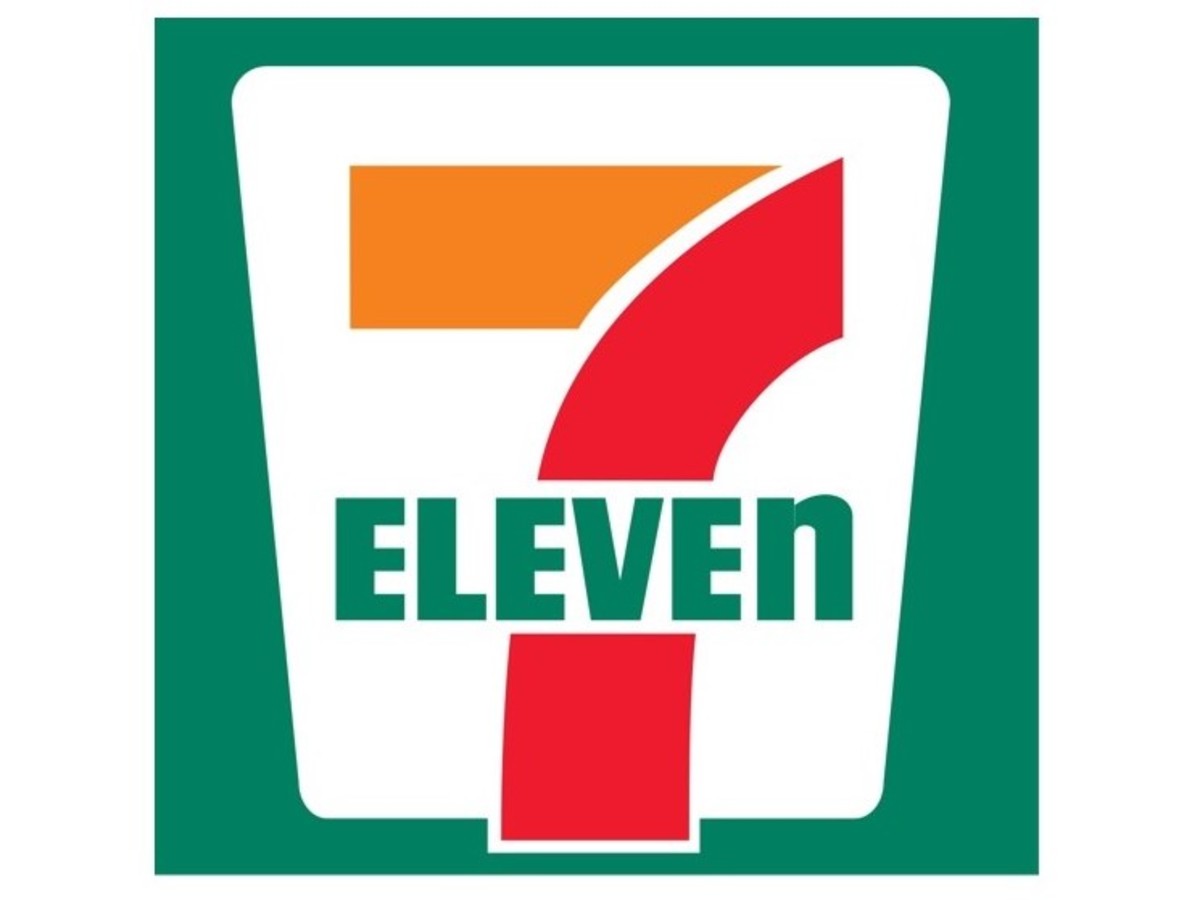Product Development Life Cycle

What It Is?
A Product Development Life Cycle (PDLC) is a well defined and orderly process for managing the lifecycle of a product from inspiration to delivery and ultimate obsolescent retirement. It is a key element in change management and change control important in the growth of any company that produces products of any kind. Though used most often in manufacturing, the PDLC is equally effective in software development. A well designed PDLC integrates, people, data, business systems, and processes so that each phase of the product is well timed and handled smoothly.
The PDLC moves information about the product through the company to help avoid disrupting and costly surprises along the way. Large companies with divergent product lines may have more than one PDLC. However, each should have the same elements. It allows for go / no decisions all along the way. Of course the weight of the go / no go decisions are set in the earlier phases.
Though this structure may at first seem constricting to very entrepreneurial organizations, in reality it is not. Because you can test the viability of an idea BEFORE making a full investment of your resources, budget, time, and energy you free the company to be more inventive and innovative. Stopping on paper is so much less expensive than failing during development. Stopping during development is again less expensive than failing after release. If you have to go back to the drawing board you want to do it as quickly as possible. If a product is not going to be viable you want to determine that as early as in the cycle as you can.
Hitting a No Go does not mean the end necessarily. One iteration of an idea can lead to another making the final product better and more successful. It can also improve the timing of the release. Taking time up front to consider the full ramifications of development and release can reduce time to market and cut costs by giving your team time to work through any issues up front.
What it is not?
What it is not however, is your business strategy. Your PDLC should fit in your business and not the other way around. Your PDLC should be in alignment with your company’s vision and mission. The most elegant PDLC will not take the place of a good business strategy.
Why You Need It?
Why should you have a PDLC? Organized and thoughtful product planning prevents poor implementation of products that don’t work, customers don’t want, or that are so dangerous or expensive they can never be sold. Following a well structured PDLC helps your team make those go / no go decisions at the most beneficial moments. People who need to be included in the decision making process can be.
You should also have a PDLC to make change easier. It seems counter intuitive because on the surface structure appears to slow down flexibility. Here is the thing though, the greatest inhibitor of innovation is risk. A well designed PDLC should support company-wide entrepreneurism by creating a structure that reduces the risk of innovation by stopping bad ideas before money and time is wasted and perfecting good ideas before costly rework is necessary.
A good PDLC considers the whole environment into which you are introducing your product. It involves a SWOT analysis. SWOT analyses look at the strengths, weaknesses, opportunities, and threats to the product not just from a quality standpoint but from the standpoint of where it will be placed in the market, how the economy may impact sales, and what legal issues the product may face. A SWOT analysis helps you weigh risks. Careful consideration of thee issues will help your team build contingency plans if you find there is some risk to be considered.
When You Need It?
You need a PDLC as soon as it is possible for key personnel to be left out of the loop if their buy in is not requested to make key product decisions. Leaving key personnel out of the loop can be quite costly. More than one company has developed products that cannot be legally sold. Too bad they did not ask their legal support team to weigh in during the inspiration and design phases. Other companies have created products their customers want but cannot afford to buy. So sad that their marketing team was not informed and no advanced marketing research was done to determine at what price a customer would be interested. Products are continually released that that are unpopular in the marketplace. If only prototypes were tested with potential users to find issues that might have been avoided. Products may also be left on the market too long without updates or upgrades and their owners are surprised when competitors steal their market share.
These are the types of big problems that can be avoided by implementing a well thought out PDLC. There are smaller problems you can avoid that can be costly as well. A PDLC helps to make sure that you can deliver on time and on budget. If you manufacturing or development team is not be constantly surprised by new specifications that put them behind on delivery you are more likely to deliver on time. If your logistics team is able to keep up with packaging and shipping or deployment requirements you can meet your demand. If your training and support departments or your sales team isn’t asked to jump through hoops to be ready to support your launch at the very last minute your launch will be more successful.
If you constantly have to resolve issues like the ones above it is time for a PDLC. However, the most significant indicator that it is time for a PDLC in your company is the pointing finger test. The test is simple. If people are constantly exasperated with each other and / or you sit in meetings where blame is thrown from one pointed finger to another, then yes it is time for a PDLC.









